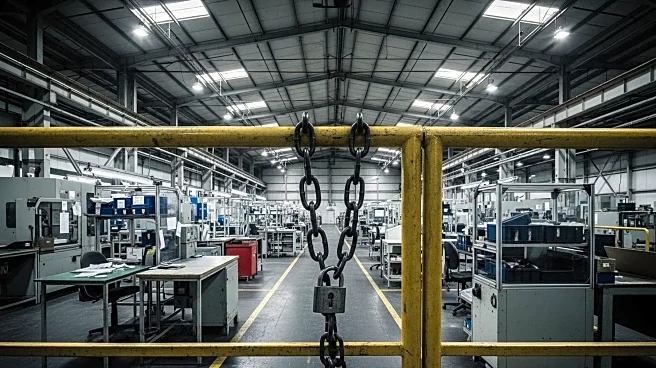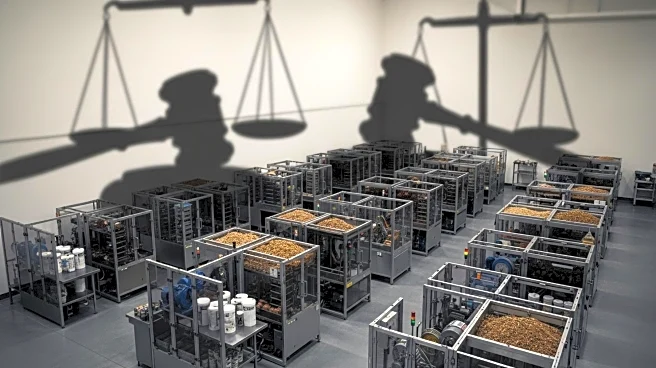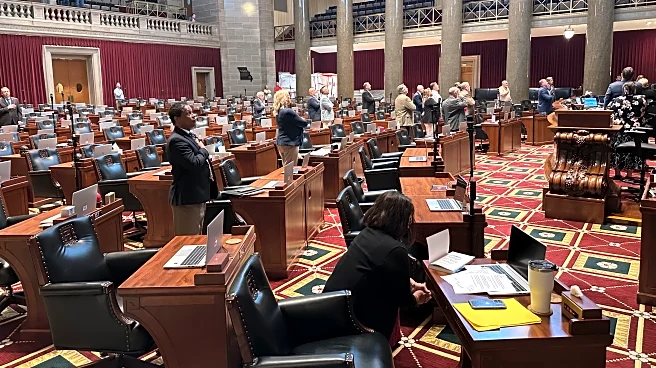What's Happening?
A recent immigration raid by U.S. Immigration and Customs Enforcement (ICE) at a protein bar plant in northern Cayuga County, New York, resulted in the detention of 70 workers. These individuals have been transferred to a detention center at the Texas border, where they await potential deportation. The raid has caused significant distress among the workers' families and local community members, who are struggling to locate their loved ones. The factory owners expressed shock and described feeling terrorized by the federal agents' actions.
Why It's Important?
This incident highlights ongoing tensions surrounding immigration enforcement in the United States, particularly in communities with significant immigrant populations. The raid underscores the federal government's continued focus on immigration control, which can have profound impacts on local economies and communities. The sudden removal of workers can disrupt business operations and create uncertainty for families and employers. Additionally, the event may influence public opinion and policy discussions regarding immigration reform and enforcement practices.
What's Next?
The affected families and community advocates are likely to seek legal assistance to challenge the detentions and prevent deportations. This could involve filing appeals or seeking intervention from immigration courts. The factory owners and local officials may also engage with federal authorities to address the situation and seek clarity on future enforcement actions. The incident may prompt discussions among policymakers about the balance between immigration enforcement and community stability.
Beyond the Headlines
The raid raises ethical questions about the treatment of immigrant workers and the impact of enforcement actions on human rights. It also highlights the vulnerability of undocumented workers in the U.S. labor market, who often face precarious working conditions and limited legal protections. The broader implications for labor rights and immigration policy could become focal points for advocacy groups and policymakers.













